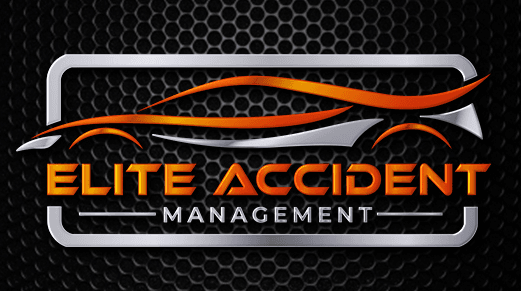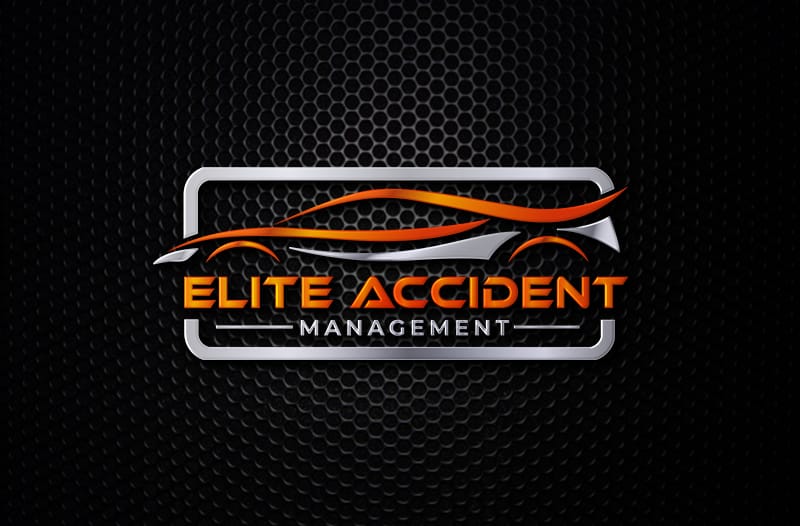Essential Preparations for Nighttime Journeys
Driving at night presents unique challenges due to decreased visibility, increased fatigue, and unexpected hazards. This guide offers essential tips for safe nighttime driving and expert advice on handling non-fault accidents in these conditions.
Prepare Yourself and Your Vehicle for Safe Night Driving
Eyes on the Road
Good vision is crucial for safe driving, especially at night. Regular eye exams ensure you have the correct prescription and can detect early signs of conditions that can affect night vision, such as cataracts or glaucoma. Consider night-specific eye checkups for recommendations on:
- Anti-reflective lens coatings to reduce glare from headlights and streetlights.
- Prescription adjustments for better vision in low-light conditions.
Keeping Windshield, Headlights, Taillights, and Mirrors Clean
Clean glass and lights improve visibility and reduce glare, making it easier to see obstacles and other drivers. After an accident, clean lights and windows help capture accurate photos and details needed for your case.
Check Your Lights
Ensure your headlights are functioning and correctly aligned for optimal visibility. Misaligned headlights can reduce your visibility and blind oncoming drivers. Regularly check rear lights, brake lights, and indicators.
Dim the Dashboard
A bright dashboard can interfere with night vision. Dimming the dashboard lights reduces eye strain, minimizes reflections on the windshield, and helps you focus on the road.
Master Nighttime Driving Techniques
Slow and Steady
Reduced visibility and slower reaction times at night require you to reduce your speed. This gives you more time to react to potential hazards and lessens the severity of accidents.
- Slower speeds provide extra time to spot and avoid hazards.
- Lower speeds reduce the impact force in accidents, minimizing damage and injuries.
- Driving at a responsible speed strengthens your claim in non-fault accidents.
Space Matters
Increase the following distance between your car and the one ahead for better reaction time and to avoid blinding the driver in front of you.
Strategic Lighting
Use high beams responsibly to improve visibility on dark roads, but avoid blinding other drivers. Switch to low beams when there is oncoming traffic, when following other vehicles, and in well-lit areas.
Scan and Anticipate
Be aware of your surroundings and anticipate potential dangers. Scan the road ahead, to the sides, and check your mirrors frequently. Look for movement and think ahead about what other drivers might do.
Managing Glare
Minimize the impact of glare from headlights, streetlights, and reflective surfaces by:
- Keeping your windshield clean.
- Dimming your dashboard lights.
- Adjusting your rearview mirror to deflect glare.
- Glancing away from the source of glare and focusing on the road edge.
Fight Fatigue for Safer Journeys
Drowsiness is a major hazard at night. Recognize the early signs of fatigue, such as heavy eyelids, frequent blinking, and difficulty focusing. Take regular breaks to stay alert.
- Stay Fresh: Take breaks, stretch, and get fresh air.
- Smart Refreshments: Drink water and eat healthy snacks.
- Safety Matters: Stop at well-lit, safe areas, and avoid pulling over on the shoulder.
Additional Night Driving Considerations
Watch for Wildlife
Be extra cautious in areas with wildlife signs, especially at dawn and dusk. Slow down and actively look for movement along the roadside. If you hit an animal, pull over safely and contact the police.
Dealing with Other Drivers
Practice defensive driving and be cautious of tired, impaired, or less visible road users. Maintain distance from reckless drivers and report dangerous behavior to the police.
Accident Preparedness
If involved in an accident:
- Move to a safe spot if possible and turn on hazard lights.
- Gather evidence by noting the location, time, and cause of the accident, and take photos of damage and the scene.
- Exchange information with all parties involved, including names, insurance details, and contact info from witnesses.


